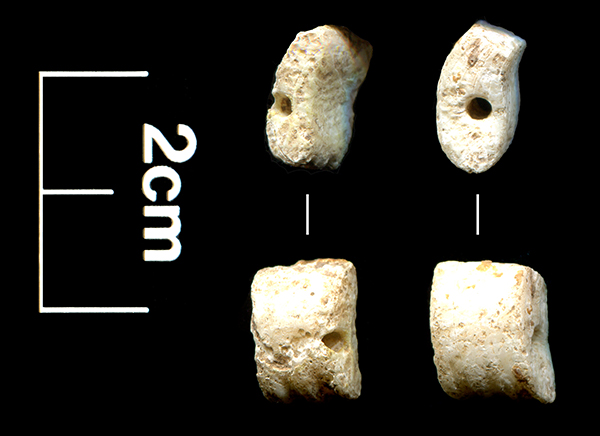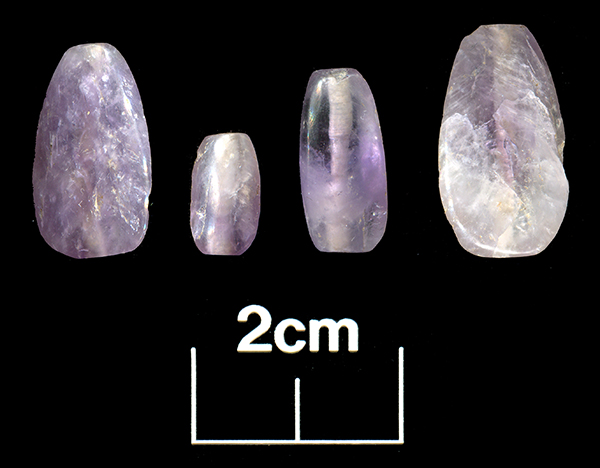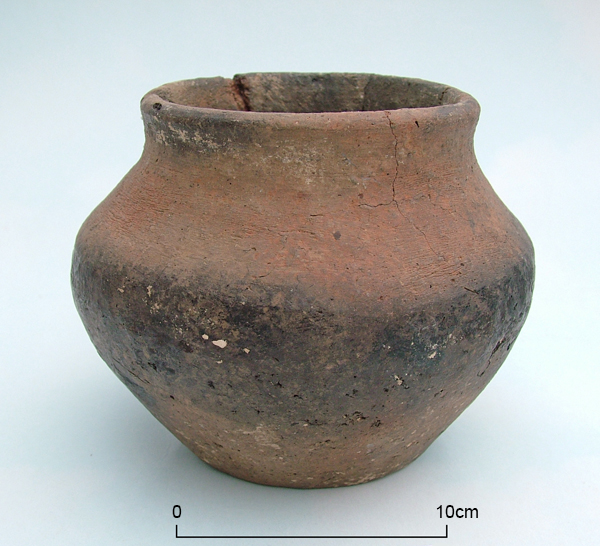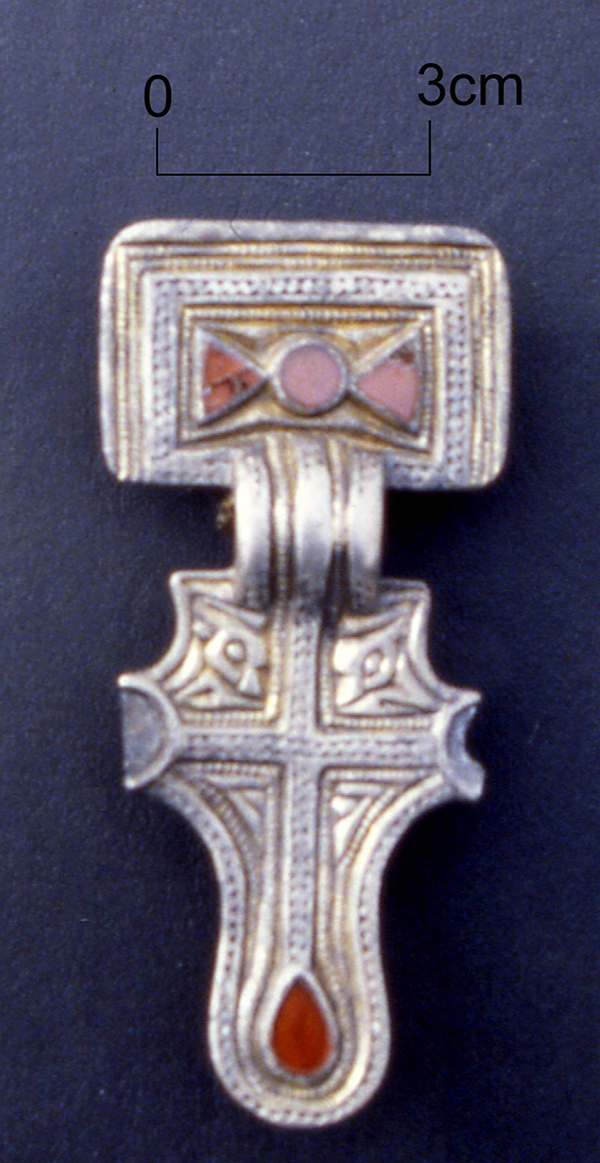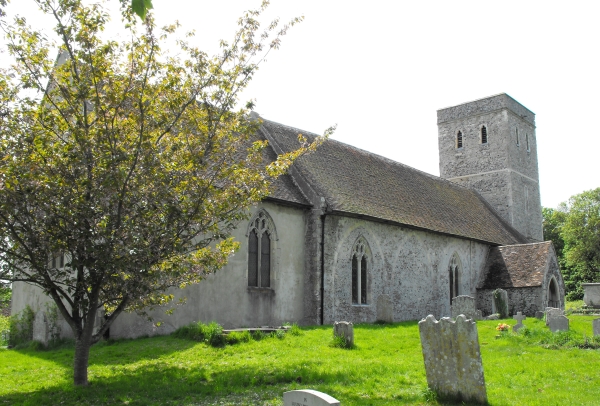
Today’s image for Day 317 of the VM_365 project shows the parish church of St Mary Magdalene, Monkton which is located at the western end of Monkton just off Monkton Street. The church is mainly built from flint and Thanet Beds sandstone with Caen and Ragstone used for the quoins.
The church of St Mary Magdalene was located within the Manor of Monkton which was given to Christ Church Priory, Canterbury in the late Anglo Saxon period. Two churches were documented in the Domesday Book of 1086 as being part of the Manor of Monkton, one of these probably stood on the site of the present church, which was constructed in the late 11th to early 12th century; the other is probably its dependent church located at Woodchurch, Acol. The church remained in the possessions of the monks of Christchurch until the dissolution.
The tower was constructed in the late 12th or early 13th century, around the same time that the church nave was increased in size by constructing a new northern aisle along the entire length of the north side.
In the late 14th or early 15th century major alterations were carried out to the church reducing it in size and adding new windows and roofs. These alterations may have been undertaken as a result of the reduction in population of the inhabitants of the area because of the Black Death. You can see an example of these alterations in the image above as a series of three of the five blocked arches along the northern side of the church, evidence of the demolition of the late 12th century extension to the nave.
The church was restored in the mid 19th century by C. A. Beazley; the chancel floor was raised, a new vestry constructed under the tower and the north porch was rebuilt and outer doors were inserted. Most of the interior fittings of the church date to this time.
References/Further Reading
Hasted, E. 1800. The History and Topographical Survey of the County of Kent: Volume 10. Bristow: Canterbury pp. 253-264.
Tatton-Brown, T, 1993. St Magdalene Church, Monkton. Canterbury Diocese: Historical and Archaeological Survey. Kent Archaeological Society.
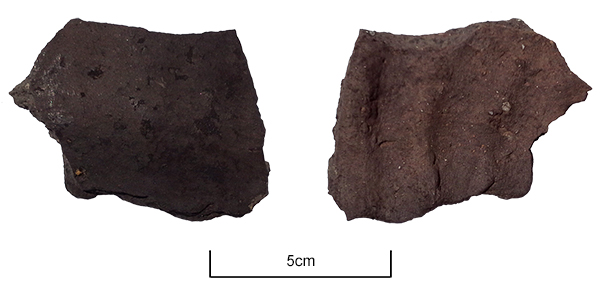

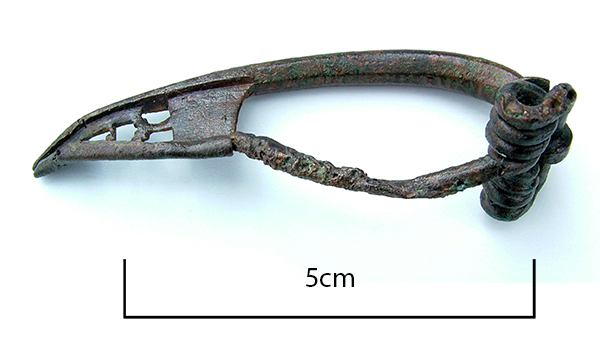 The image for Day 280 of the VM_365 project shows a Bow Brooch or Fibula of late Iron Age or Early Roman date, which was found in 1992 when trial trenching was carried out between Monkton and Minster in advance of the expansion of the old single lane road into a dual carriageway.
The image for Day 280 of the VM_365 project shows a Bow Brooch or Fibula of late Iron Age or Early Roman date, which was found in 1992 when trial trenching was carried out between Monkton and Minster in advance of the expansion of the old single lane road into a dual carriageway.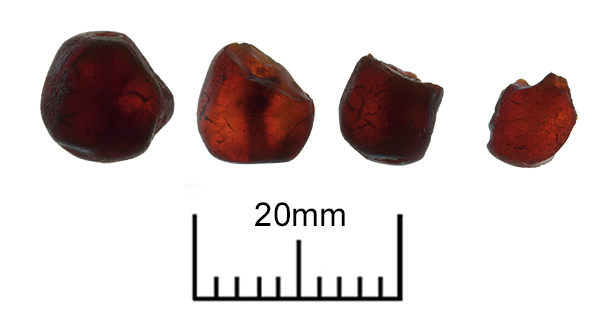 Today’s image for Day 275 of the VM_365 project shows four amber beads found in Grave 32 of the Monkton Anglo Saxon cemetery, part of which, was excavated in 1982.
Today’s image for Day 275 of the VM_365 project shows four amber beads found in Grave 32 of the Monkton Anglo Saxon cemetery, part of which, was excavated in 1982.